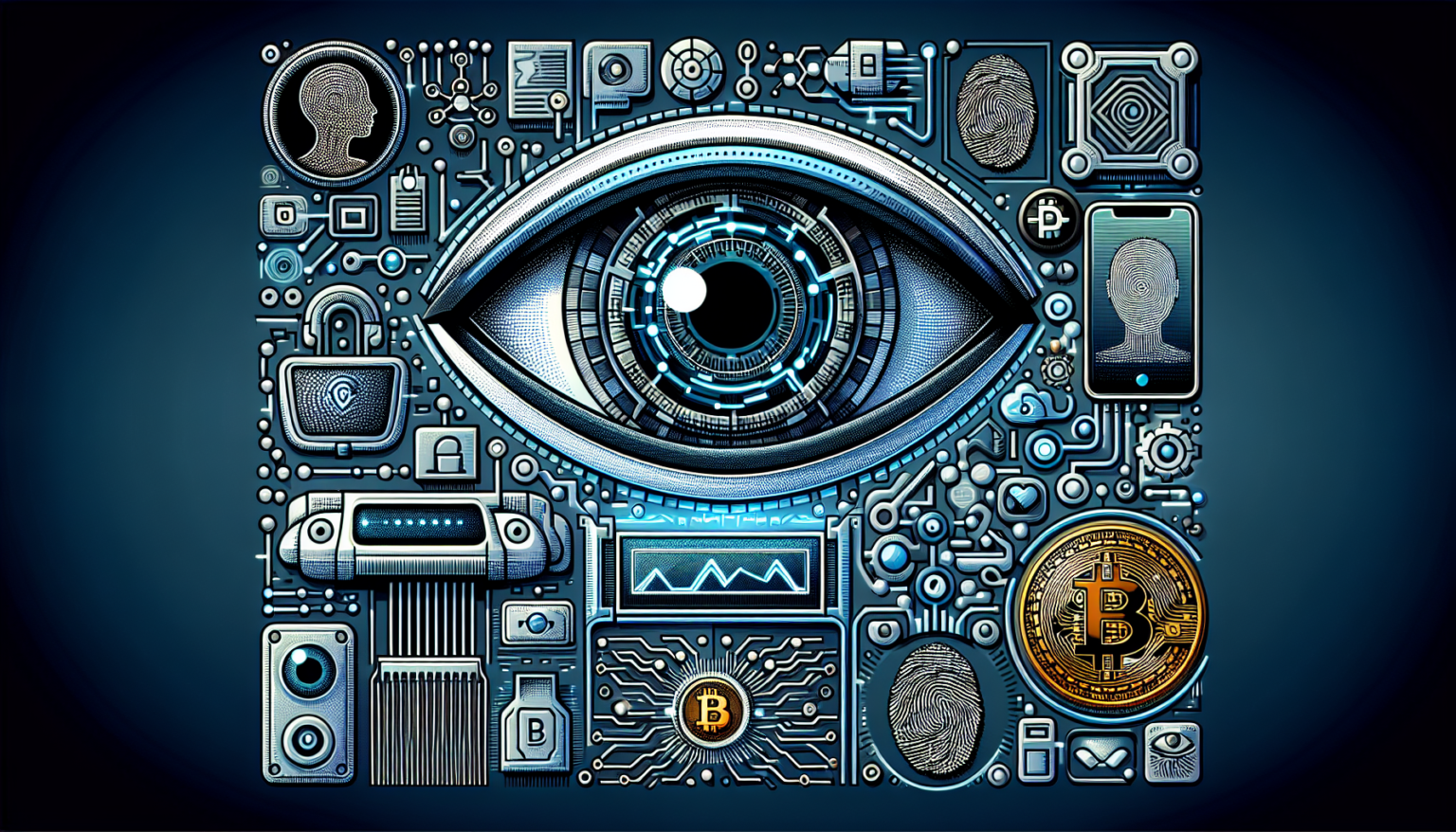The Importance of Identity Verification in Cryptocurrency
Understanding the Need for Security
As the cryptocurrency landscape continues to evolve, the need for rigorous identity verification becomes paramount. Cryptocurrencies operate on decentralized networks, which can be both a blessing and a curse. On the one hand, they offer anonymity and privacy; on the other, this very feature can facilitate fraud and illicit activities. With the increasing number of cryptocurrency exchanges and wallet services, ensuring that users are who they say they are is crucial for preventing scams and enhancing regulatory compliance.
The Role of Identifying Fraud
Fraud is rampant in the world of cryptocurrency, from Ponzi schemes to hacking incidents. In 2021 alone, billions were lost to cryptocurrency scams. Identity verification serves as a first line of defense. By verifying the identities of individuals engaged in transactions, platforms can curb illegitimate activities, protect their users, and maintain the integrity of their services.
AI Solutions for Identity Verification
Using AI to Enhance Security protocols
Artificial intelligence (AI) is reshaping the identity verification landscape, offering innovative solutions to traditional methods. By utilizing machine learning algorithms, AI systems can analyze vast amounts of data to identify patterns that may indicate fraudulent behavior. For example, AI can cross-reference information provided by users with existing databases to flag discrepancies in real-time.
Facial Recognition Technology
Facial recognition technology has gained substantial traction within the identity verification sphere. Using AI algorithms, this technology can authenticate identities by analyzing distinct facial features. When users want to make a transaction or access their accounts, they can take a selfie, which the system checks against a stored image for verification. While this technique significantly boosts security, it raises privacy concerns that must be addressed.
Document Verification
AI can also streamline the process of document verification. Users often need to submit identification documents such as passports or driver’s licenses. Through optical character recognition (OCR) and image processing technologies, AI systems can quickly validate the legitimacy of these documents. They can identify forgeries or discrepancies in a fraction of the time that traditional methods would take.
Biometric Solutions
Biometric identity verification employs unique physical characteristics—like fingerprints or iris patterns—to authenticate users. These methods are highly secure because they are difficult to replicate or steal. For cryptocurrency transactions, implementing biometric solutions can significantly reduce the risk of unauthorized access, ensuring that only the legitimate owner can initiate transactions.
Challenges in Implementing AI Solutions
The Problem of Data Privacy
While AI can enhance security in identity verification, it also raises significant data privacy concerns. Users may hesitate to share personal data, fearing it might be mishandled or misused. Striking a balance between providing secure services and respecting user privacy rights will be essential for the continued adoption of AI solutions.
Regulatory Compliance
As regulatory bodies across the globe begin to take a closer look at cryptocurrencies, compliance becomes a challenge for platforms implementing AI-driven identity verification. Regulations require companies to adhere to Know Your Customer (KYC) and Anti-Money Laundering (AML) standards. These laws often vary by jurisdiction, creating a complex landscape for organizations to navigate.
False Positives and Inefficiencies
Although AI is adept at identifying fraud, it is not infallible. False positives—situations where legitimate transactions are flagged as fraudulent—can lead to frustrations for users. Furthermore, if these AI systems are not continuously trained and updated, they may also miss new patterns of fraud, rendering them ineffective over time.
The Future of Identity Verification in Cryptocurrency
Enhancing User Experience with AI
As AI technology continues to advance, one of its primary goals will be to enhance user experience while maintaining robust security measures. Innovations could include more seamless identity verification processes that reduce the time it takes to complete transactions. For example, integrating AI with existing user interfaces could allow for quicker access, enabling users to make transactions without cumbersome verification steps.
Adaptive Systems
Adaptive AI systems may evolve to adjust their verification requirements based on user behavior. For instance, if a user consistently makes small transactions from a recognized device, the system might require fewer verification checks. Conversely, larger transactions or new devices would prompt more stringent checks. This approach could create a pleasant balance between security and user-friendliness.
Collaboration with Blockchain Technology
Blockchain technology itself could aid in identity verification. By storing user data on a decentralized ledger, individuals can control their own identification data and share it selectively. AI systems can then pull the necessary data for verification purposes without breaching privacy. This collaborative effort between AI and blockchain can create a more secure and efficient identity verification process while giving users greater control over their information.
Cross-Platform Verification
Future AI identity solutions might also enable cross-platform verification. Imagine a world where a user’s identity verified on one cryptocurrency platform could be recognized across multiple services. Such interoperability would enhance user convenience, facilitating smoother transactions while maintaining high security standards.
Potential of Decentralized Identity Solutions
Decentralized identity solutions are another avenue that holds promise for the future of identity verification in cryptocurrency. By utilizing social media profiles or decentralized digital IDs, users can verify their identities without depending solely on centralized databases. This could reduce the chances of data breaches, limit single points of failure, and provide users control over their identity data.
The Role of Smart Contracts
Smart contracts—self-executing contracts with the terms directly written into code—could also play a significant role in identity verification processes. They can automatically execute transactions when certain verification conditions are met. By integrating smart contracts with AI, platforms may enhance security while providing users with a seamless experience.
Conclusion
The future of identity verification in cryptocurrency transactions will be shaped by AI solutions, addressing existing challenges while enhancing user experience. As technology develops, the convergence of AI, blockchain, and decentralized identity solutions may pave the way for more secure and efficient verification processes, ultimately fostering greater trust in the cryptocurrency ecosystem.








